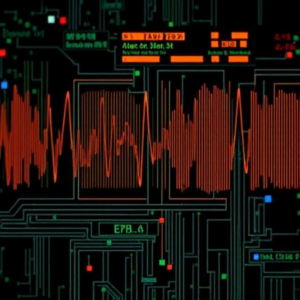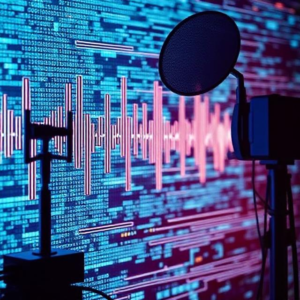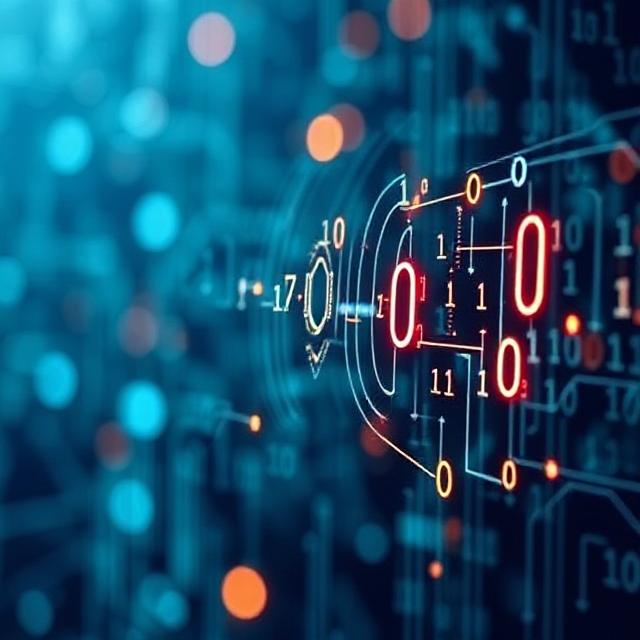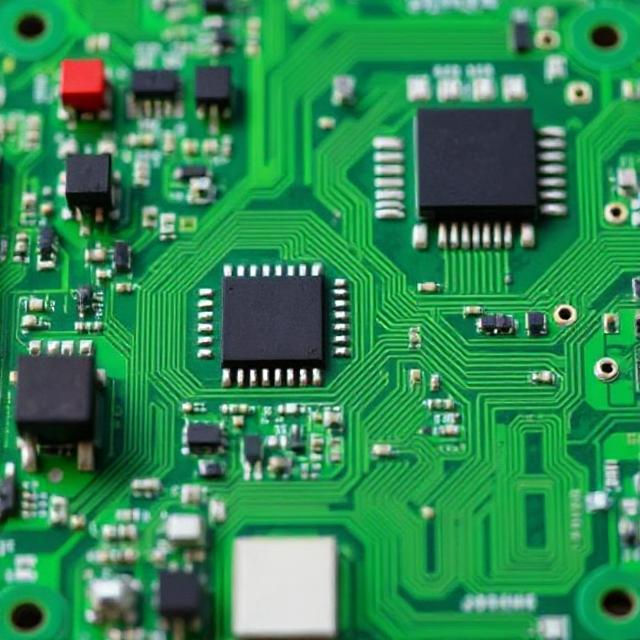Error Detection and Correction in Analog Communication refers to the techniques used to ensure that the information being transmitted through an analog signal is received accurately, without errors. Since analog signals are continuous and can be affected by noise and other disturbances during transmission, errors can occur, leading to incorrect data being received.

1. What is an Analog Signal?
- Analog signals are continuous signals that vary smoothly over time. Examples include sound waves or radio signals. These signals can carry information (like voice or data), but they’re vulnerable to interference (like noise or distortion), which can change the signal and cause errors.
2. What Causes Errors in Analog Communication?
- Noise: Unwanted signals (such as electrical interference or static) can mix with the original signal, causing distortions.
- Attenuation: As the signal travels through a medium (like air or wires), it can lose strength, making it harder to receive clearly.
- Interference: Other signals or sources of electromagnetic waves can interfere with the signal, causing miscommunication.
- Signal Distortion: The signal might change shape during transmission, causing it to be interpreted incorrectly.
3. How Do We Detect Errors?
Error detection involves checking if the received signal is the same as the original transmitted signal. In analog communication, some common methods include:
- Signal Comparison: Compare the received signal with the expected signal to check for any difference or noise. If there’s a significant difference, an error might have occurred.
- Amplitude and Frequency Monitoring: By monitoring the amplitude (strength) or frequency (rate of change) of the signal, we can check if the signal has deviated due to noise or distortion.
- Redundancy: Sending extra bits or signal patterns that are predictable helps the receiver detect if something went wrong. This redundancy can sometimes allow the receiver to identify errors.
4. How Do We Correct Errors?
Once errors are detected, we need to fix them to ensure the correct data is received. This can be done using error correction techniques like:
- Automatic Gain Control (AGC): This adjusts the strength of the signal to make sure it’s received with consistent clarity, even if there’s attenuation during transmission.
- Error-correcting Codes: In digital communication, extra bits (called parity bits or checksums) are added to the data to help the receiver detect and correct errors. Though this is more common in digital communication, analog systems can still apply similar techniques to improve reliability.
- Repetition of Signals: In some cases, repeating the signal multiple times or resending it after an error is detected ensures the receiver gets the correct information.
5. Why is This Important?
In analog communication, errors can lead to misinterpretation of information. For example, if you’re making a phone call, noise or distortion might cause the words to be unclear. Using error detection and correction techniques helps improve the clarity of the communication and reduces misunderstandings.
In Summary:
- Error Detection: We check if the signal has been altered during transmission (due to noise, interference, etc.).
- Error Correction: If errors are detected, we use techniques (like adjusting the signal or resending the data) to fix the issues and ensure the receiver gets the correct information.
This makes analog communication more reliable and accurate, even in environments where there’s a lot of interference.











